Looking for fall colors? Head to these places in the Eastern Sierra
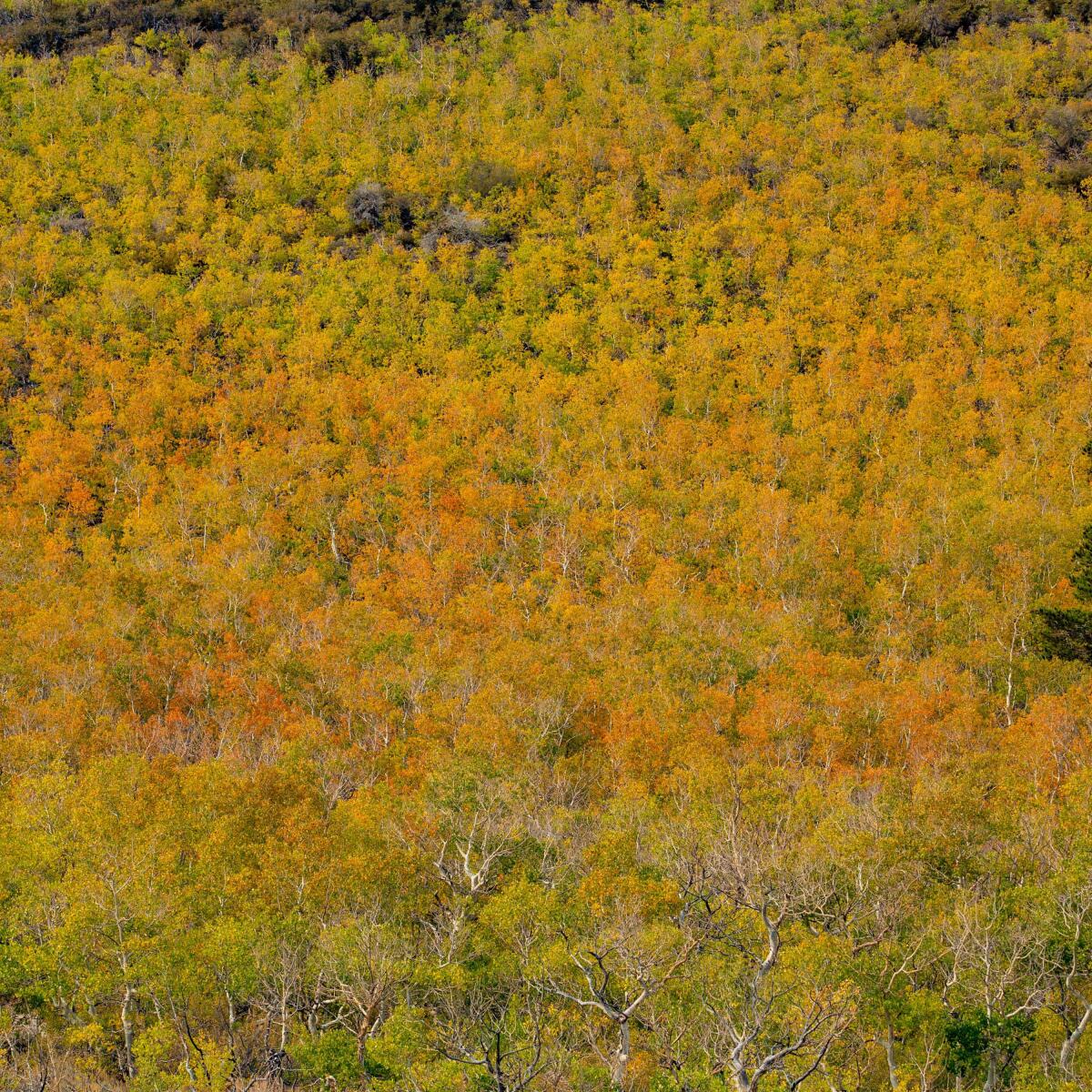
- Share via
Early October is the time to head to the Eastern Sierra to find fall color in California. National forests that closed earlier this month because of fire danger have reopened and (hopefully) will stay that way during leaf-peeping season. Here are three places along Highway 395 to put on your list.
Lake Sabrina: CaliforniaFallColor.com reports that Sabrina Lake at 9,150 feet and the upper areas of Bishop Creek Canyon are quickly approaching peak colors. The aspens along the lakeshore change from green to greenish yellow to gold. Skies have been hazy because of smoke from wildfires but winds may clear the air, the website said. Also, expect low water levels at the lake because of the continuing drought. From Bishop, drive 18 miles on California 168, past the tiny mountain town of Aspendell, to the lake’s edge.
June Lake: This year’s fires have blackened many areas near Lake Tahoe and other parts of the state. Happily, the June Lake Loop (a.k.a. California 158), part of the Inyo National Forest, remains a sweet spot for scenery. The loop’s 16 miles take you past June Lake (about 7,650 feet), Gull Lake, Silver Lake and Grant Lake, offering the changing colors of cottonwoods, willows, quaking aspens and their reflections. From Highway 395, take California 168. (Check out the full list of top 40 fall destinations in California.)
—Christopher Reynolds
McGee Creek Canyon: Aspen trees that line McGee Creek can turn vivid yellow and sometimes orange; shrub-like willows along the water’s edge add pale yellow hues. Both bring color to this remote canyon between Bishop and Mammoth Lakes that’s best explored on foot. Drive from Highway 395 up a steep, winding four miles to the trail head and park. Modern Hiker describes the entire 6.6-mile route with about 1,200 feet of elevation gain. But you can hike in just a few miles to see whether colors are popping. Turn off Highway 395 at the north end of Crowley Lake and onto McGee Creek Road until the road ends (the last mile is dirt).
For updates, go to the California Fall Color website to find out which spots are about to pop and which are past peak.
3 things to do this week
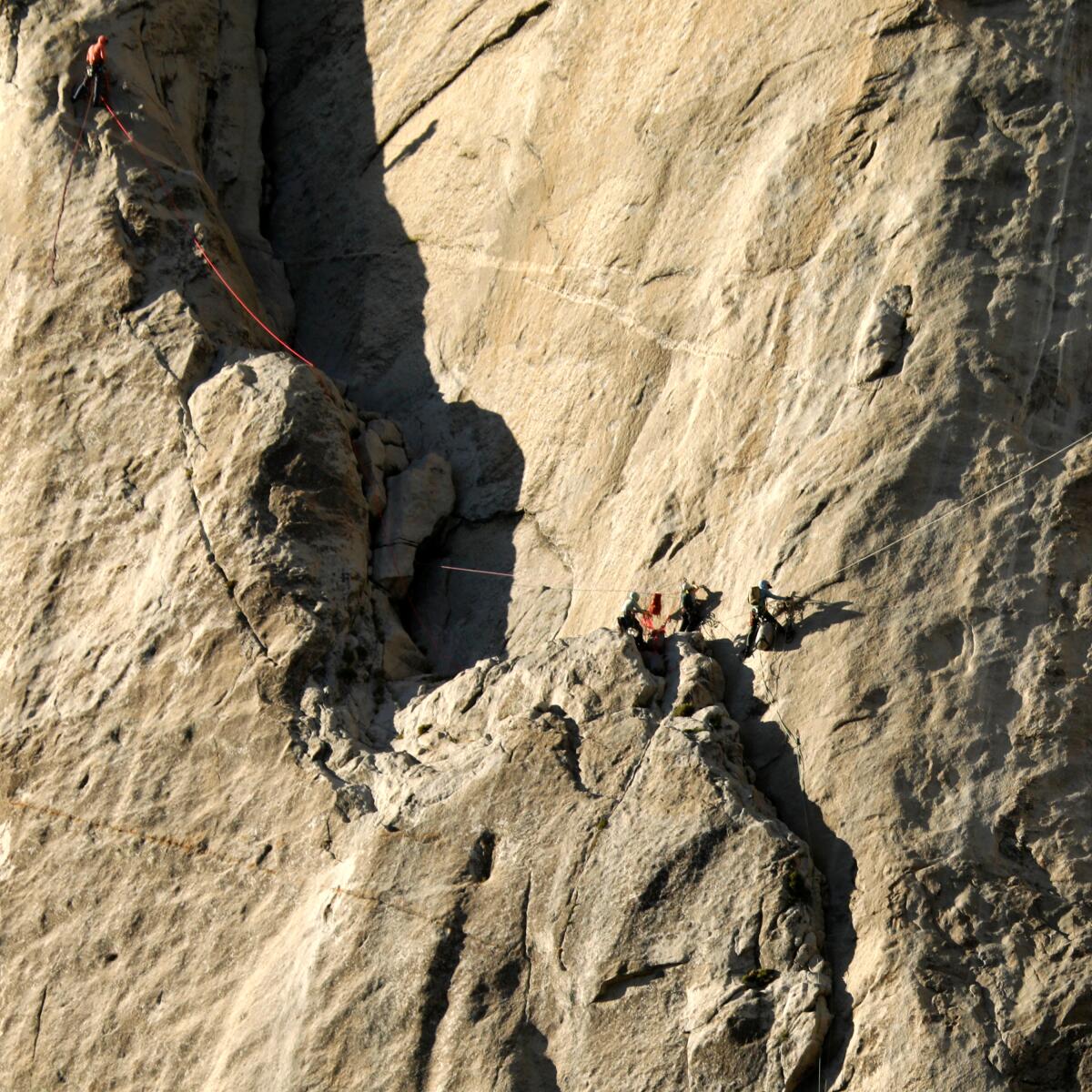
1. Visit a new museum about the golden era of climbing in Yosemite. Learn about Yosemite climbers in the 1950s and ’60s — including Patagonia founder Yvon Chouinard and Royal Robbins, who founded his own outdoor brand — at the small Yosemite Climbing Museum just outside the national park in Mariposa, Calif. Photos and hand-hewn gear on display tell the stories of first ascents and early climbers. The best part: an opportunity to chat with founder and veteran climber Ken Yager, 62, who knew many of the greats. Click here for more about the museum and how to start rock climbing in Yosemite.
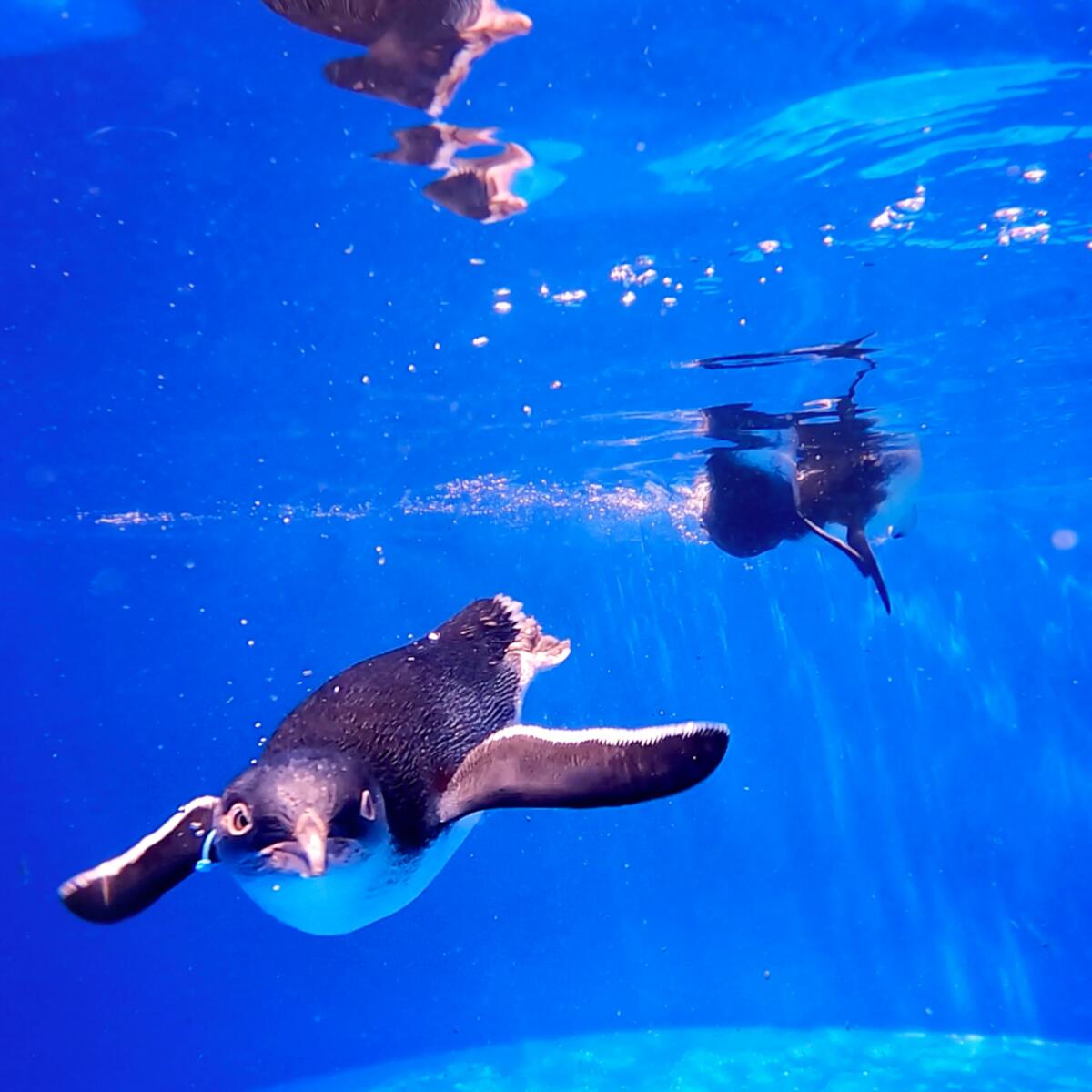
2. Why October is a good month to take your kids to San Diego. Every year, the city of San Diego kicks off Kids Go Free promotions at zoos, museums, amusement parks and other venues that are good Oct. 1-31. Some ideas:
Hydrobikes San Diego: Combine exercise with wildlife viewing (birds, sea lions, etc.) as you paddle around Mission Bay. Two kids 12 and younger are free with one paying adult; 1548 Quivira Way, San Diego.
Birch Aquarium at Scripps: Little blue penguins are the newest addition to the aquarium, which has more than 60 habitats. One child, age 3 to 17, is free with each paying adult; 2300 Expedition Way, La Jolla.
San Diego Zoo: The many animals (660 species and subspecies) and plants (700,000 in the botanical collection) are reason enough for a visit. Children 11 and younger are free with a paying adult; 2920 Zoo Drive, San Diego.
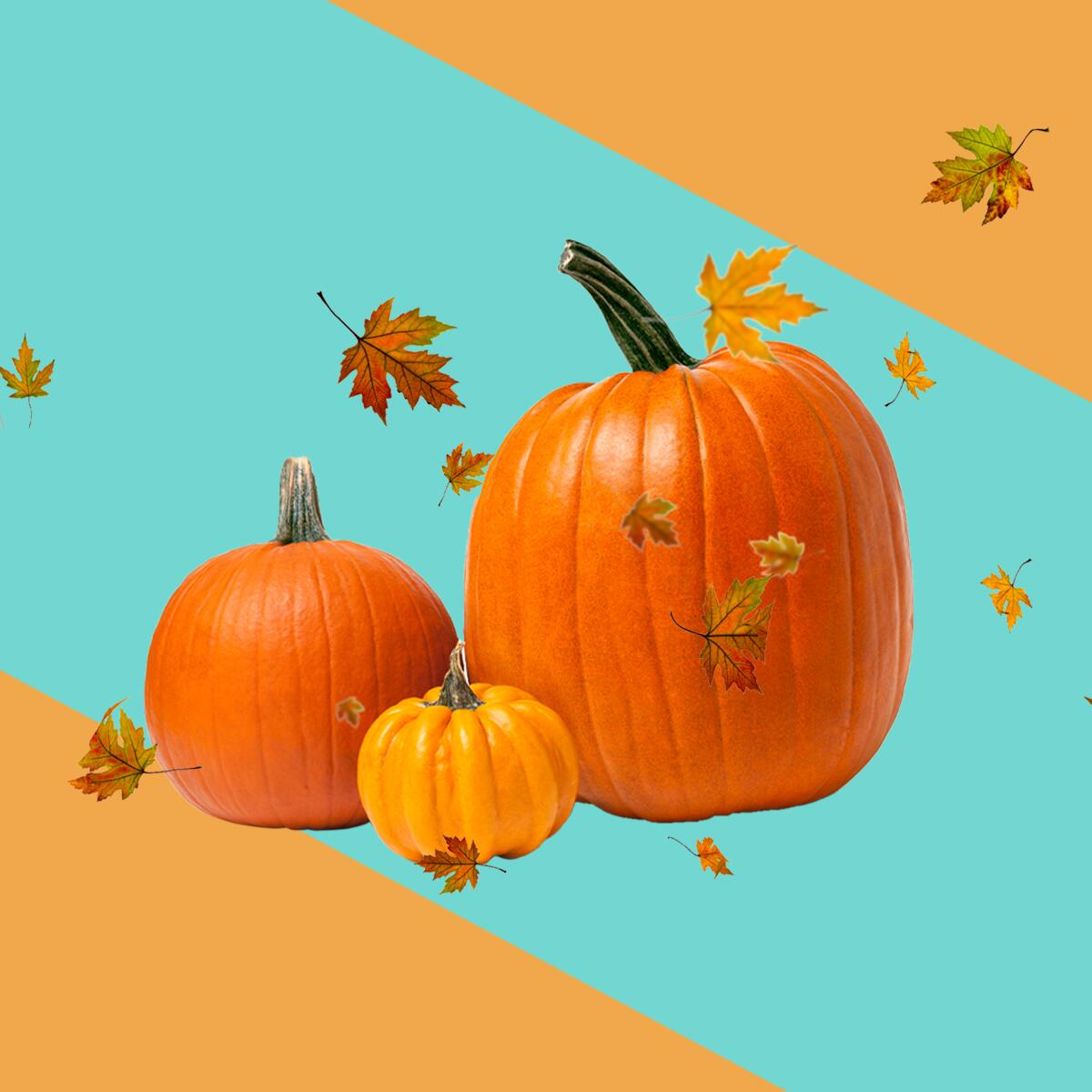
3. Check out a pumpkin patch with 30,000 pumpkins for sale. Cal Poly Pomona hosts its 28th Pumpkin Fest starting Oct. 2. You’re sure to find a suitable gourd among the 30,000 grown on campus ($5 to $7 each). Hayrides, a corn maze, a sunflower patch, a petting farm and other activities join the lineup. 10 a.m. to 8 p.m. weekends and 3 to 8 p.m. Wednesdays-Fridays, through Oct. 31. Find out more here.
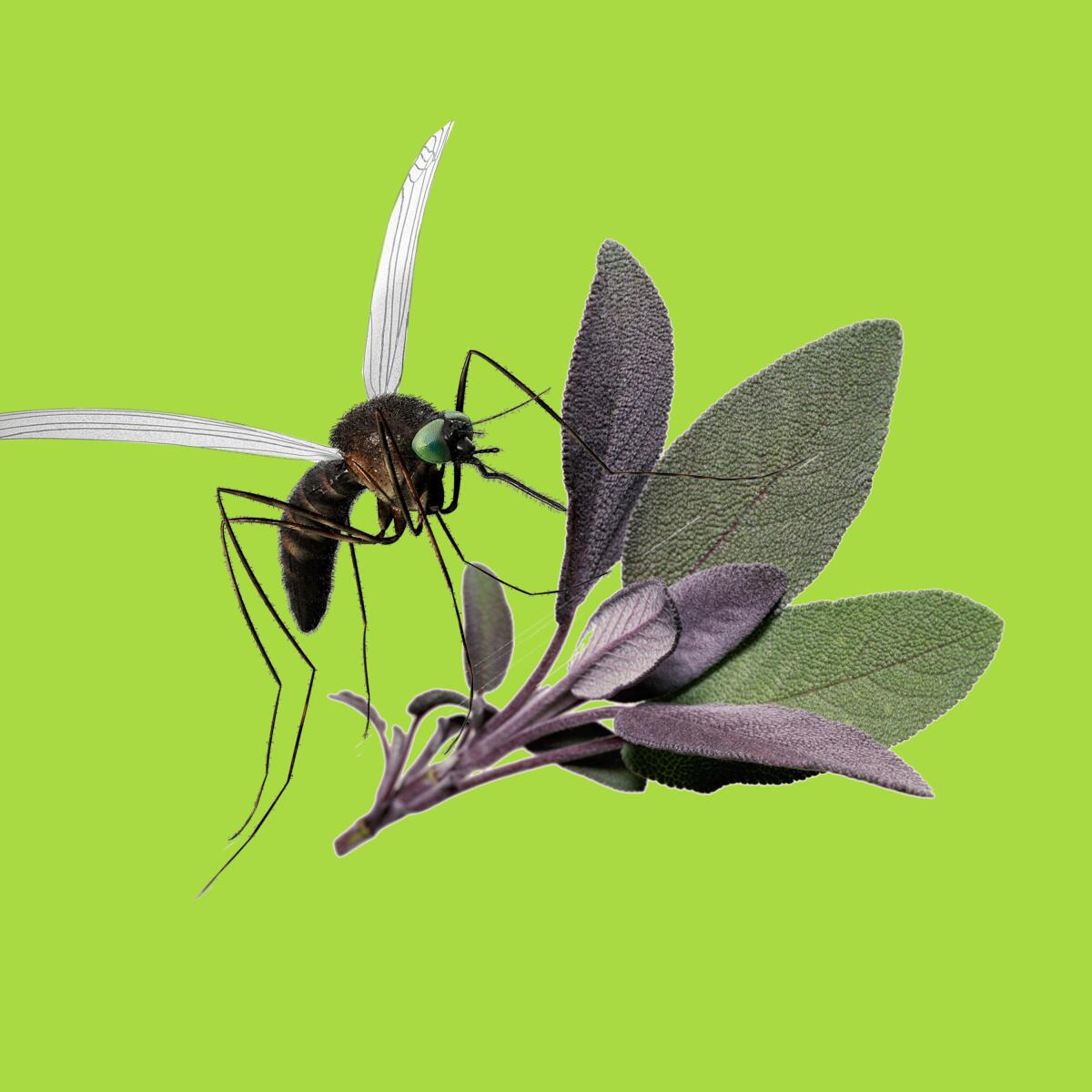
Wild things
Worried about getting bit by mosquitoes? You should be. Aedes (pronounced “ay-ee-deez”) mosquitoes invaded California in the early 2000s and have become peskier every year since.
Sophie Parker, lead scientist for the Nature Conservancy, writes in an L.A. Times opinion piece: “Aedes albopictus, the Asian tiger mosquito, was the first to arrive, introduced in shipments of ornamental bamboo. In 2013, breeding colonies of Aedes aegypti made their way to California after successfully inhabiting the southeastern United States. Scientists have also observed Aedes notoscriptus in the state. All three species have spread diseases such as dengue fever and Zika virus in other countries.”
Why do these exotic pests like Southern California? Because irrigated Mediterranean landscapes in our yards, lawns and parks provide just enough water for them to reproduce and thrive.
There’s a way to fight back without resorting to pesticides: Plant native flowers and shrubs that don’t require so much water. Read more about why it’s important to make the shift.
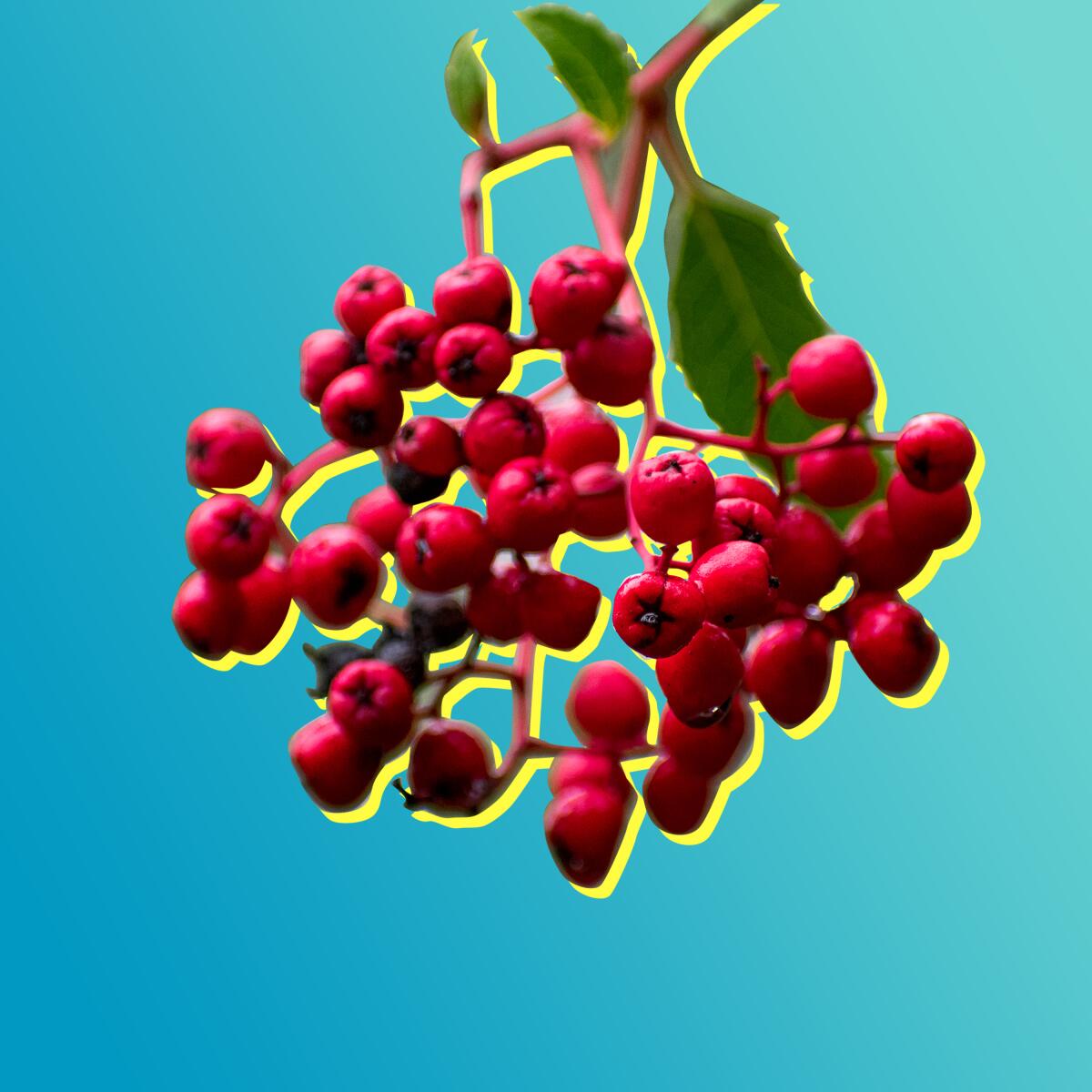
Cool stuff
Native plants represent only about 3% of nursery sales in California, a figure the California Native Plant Society hopes to boost to 20% over the next three years.
The plan? Sell indigenous plants in more places and teach the public how to grow them. To get gardeners started, the society selected 11 species to be sold at more than 75 nurseries statewide starting Oct. 1. Fall is the perfect time to plant natives too. Species include oaks, manzanita, toyon, clarkia, currants, iris, mint, phacelia, yarrow, sage and ornamental grass. Here’s what they’ll look like in your garden.
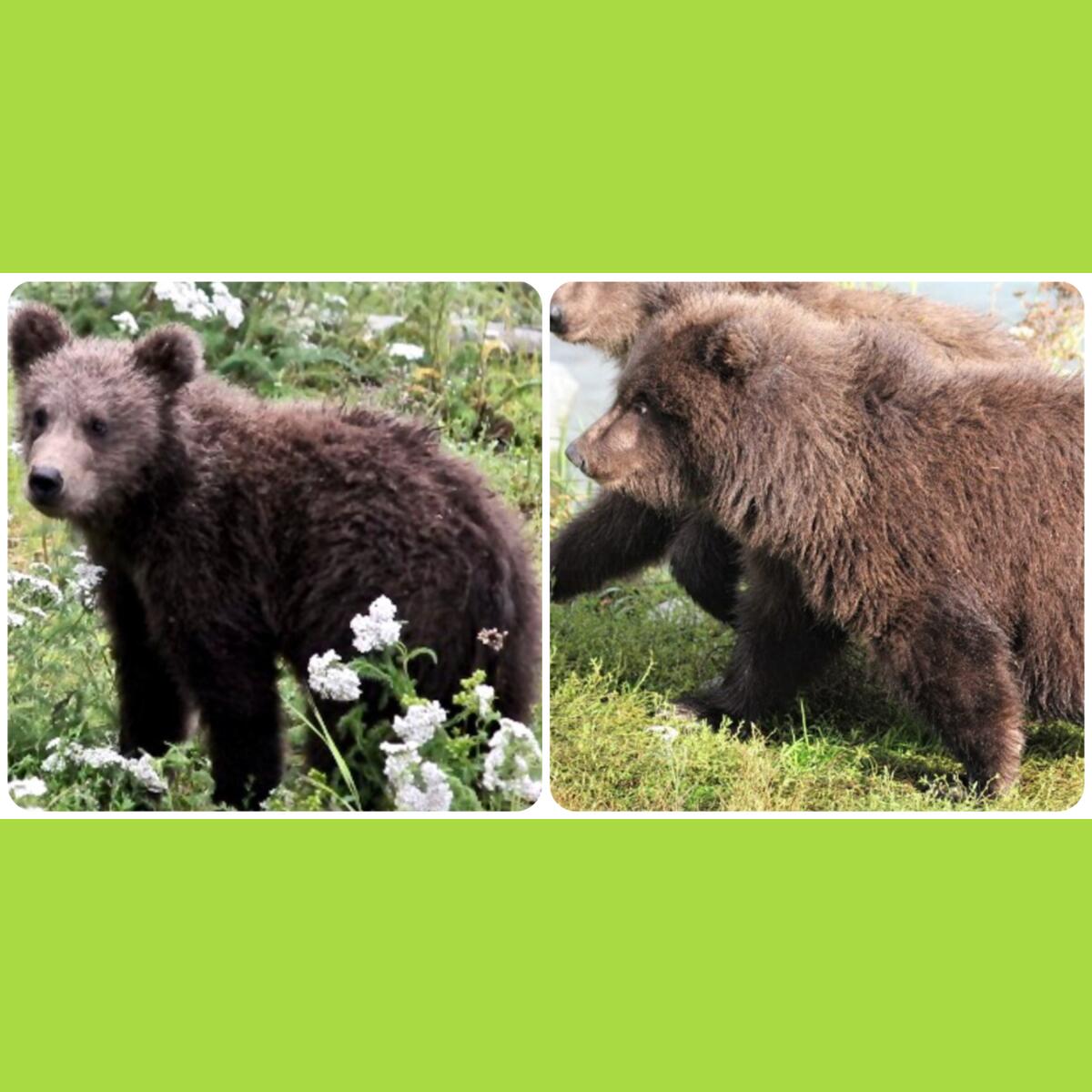
The must-do
It’s Fat Bear Week! You have until Oct. 5 to vote for which brown bear on Alaska’s Katmai Peninsula you think has packed on the most pounds over the season during an online March Madness-style competition. Check out photos of the contenders, then cast your ballot for whichever bear you think will go the distance.
A pre-event competition was added last week: cubs. “If you love looking at round baby bears (and how could you not), then the next few days are your Super Bowl, as Alaska’s chunkiest cubs face off for the title of Fat Bear Junior,” Backpacker magazine wrote in an explainer story.
Fattening up for winter is important for bears. Katmai National Park & Preserve started Fat Bear Week in 2014 to better educate people about how bears live and thrive.
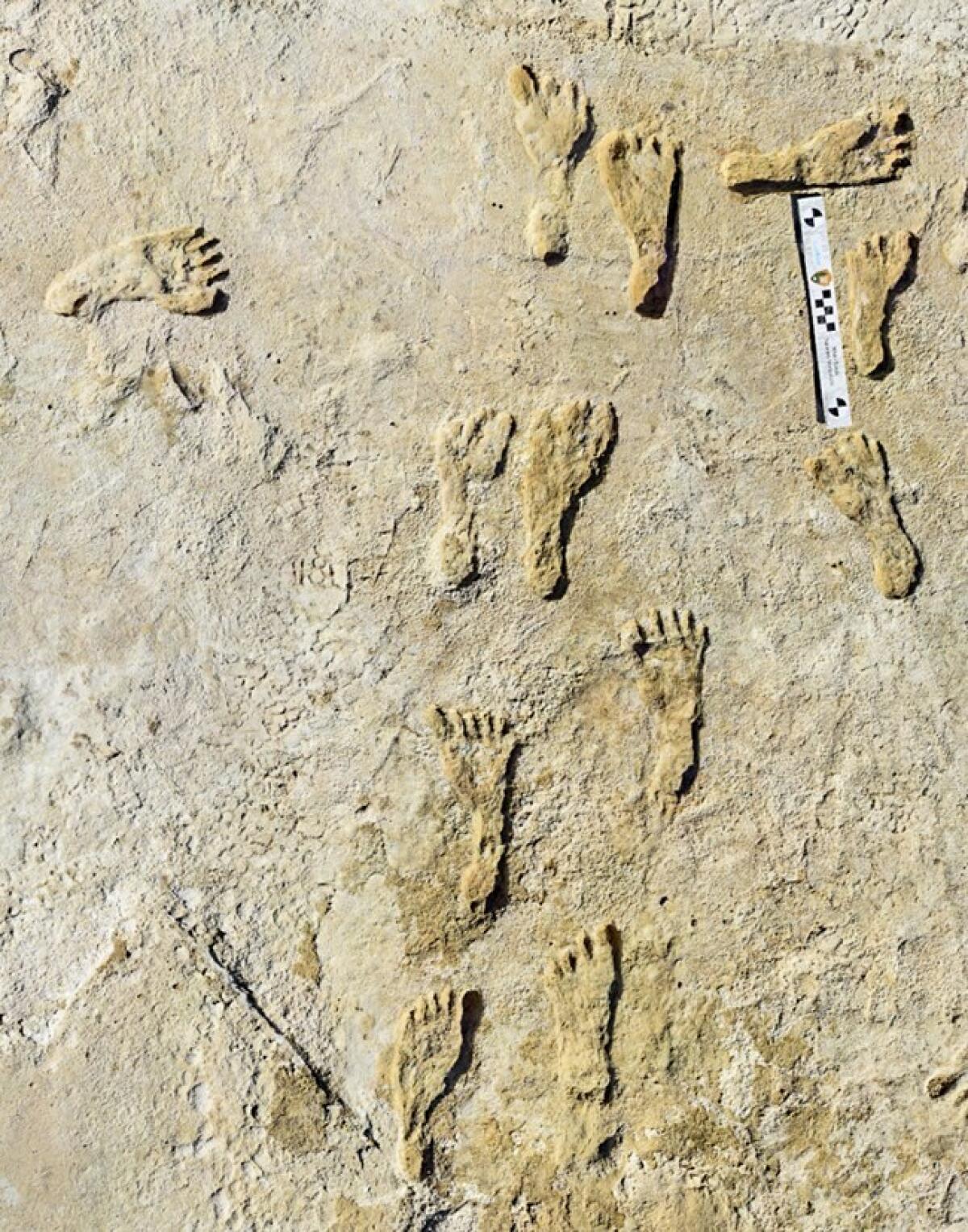
P.S.
The oldest known human footprints in North America can be found at White Sands National Park in New Mexico. Scientists last week revealed that fossilized prints found in white gypsum fields (which give the park its name) are at least 23,000 years old — thousands of years older than previously thought. How did they date the prints? By radiocarbon dating ancient grass seeds that were found above and below the layers of earth where the footprints were found. More info here.
Send us your thoughts
Share anything that’s on your mind. The Wild is written for you and delivered to your inbox for free. Drop us a line at [email protected].
Click to view the web version of this newsletter and share it with others, and sign up to have it sent weekly to your inbox. I’m Mary Forgione, and I write The Wild. I’ve been exploring trails and open spaces in Southern California for four decades.

Sign up for The Wild
We’ll help you find the best places to hike, bike and run, as well as the perfect silent spots for meditation and yoga.
You may occasionally receive promotional content from the Los Angeles Times.




